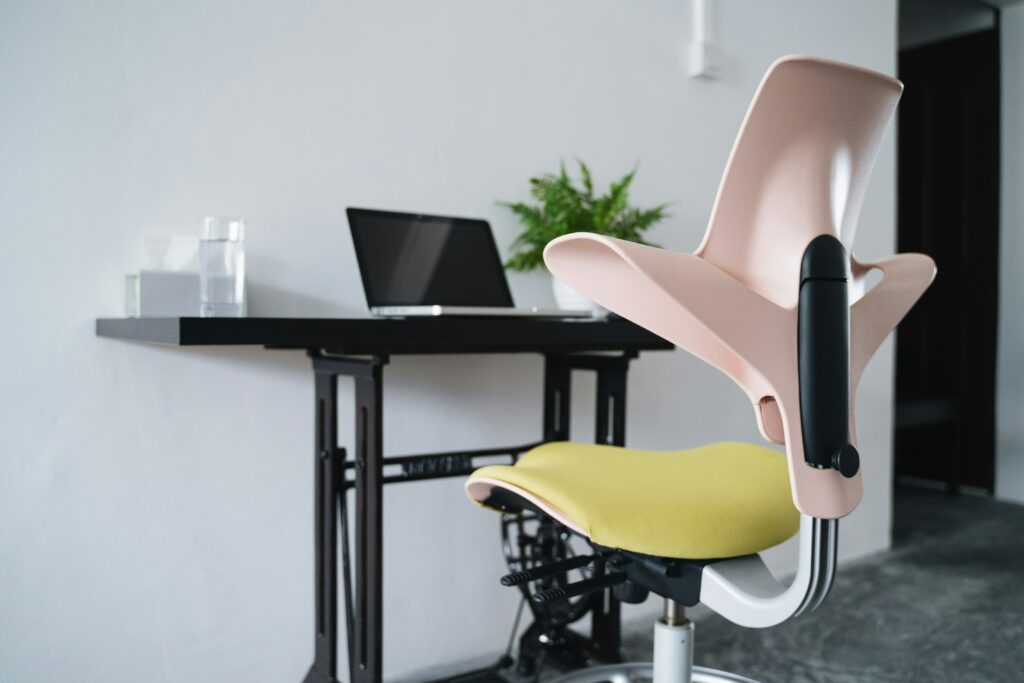Blog Post #3
From my perspective, Universal Design for Learning (UDL) is a powerful framework that challenges the traditional “one-size-fits-all” mindset in education. Instead of waiting to adapt materials once barriers are identified, UDL encourages instructors to proactively design courses and classrooms so that all students, regardless of their backgrounds or abilities, can fully engage. The UDL guidelines, developed by CAST, center on three foundational principles: Multiple Means of Engagement, Multiple Means of Representation, and Multiple Means of Action & Expression. By intentionally weaving these principles into teaching – from how content is presented to the ways students are allowed to demonstrate knowledge – an environment emerges where every learner can thrive.
For example, an instructor might post diverse materials – like captioned videos, infographics, and articles at varying reading levels – to cater to different preferences or needs. Students, in turn, can choose how they best consume information, whether they prefer reading, listening, or watching.

Applying UDL and Accessibility Principles
Reflecting on one of my classes from last semester, I noticed significant gaps in how UDL principles were applied. The physical classroom layout immediately posed a challenge: the projector screen was positioned in such a way that students seated along the wall had a limited view of the lecture slides. This setup unintentionally excluded anyone who, for various reasons, might need or prefer to sit in a less central part of the room – whether they deal with mobility concerns or simply strive late and find themselves in the periphery. Additionally, the course relied heavily on specialized software that had to be accessed through a laptop or designated campus computer labs. At the time, I only had a tablet, making it much harder to complete certain assignments and fully participate in the in-class exercises.
To better align with UDL, the instructor could have offered multiple ways to access the software—perhaps through web-based platforms or simplified mobile-friendly applications. They might have also ensured that the classroom was arranged so that no student’s view of the presentation was obstructed. Furthermore, providing alternative devices or loaner laptops would have helped ensure equitable access for those who did not possess the required technology. Even simple steps like rotating seats or posting lecture materials in an online repository would have gone a long way toward creating a more inclusive environment.
Ultimately UDL is not about accommodating a select few; it is about designing learning experiences that adapt to the variety of ways people learn. By mindfully incorporating the UDL guidelines, instructors can cultivate a sense of belonging and agency among all students – fostering an atmosphere where everyone is encouraged to succeed on their own terms.

URL for this blog:
katenelsonstudies.opened.ca/?p=197
Comments are Disabled